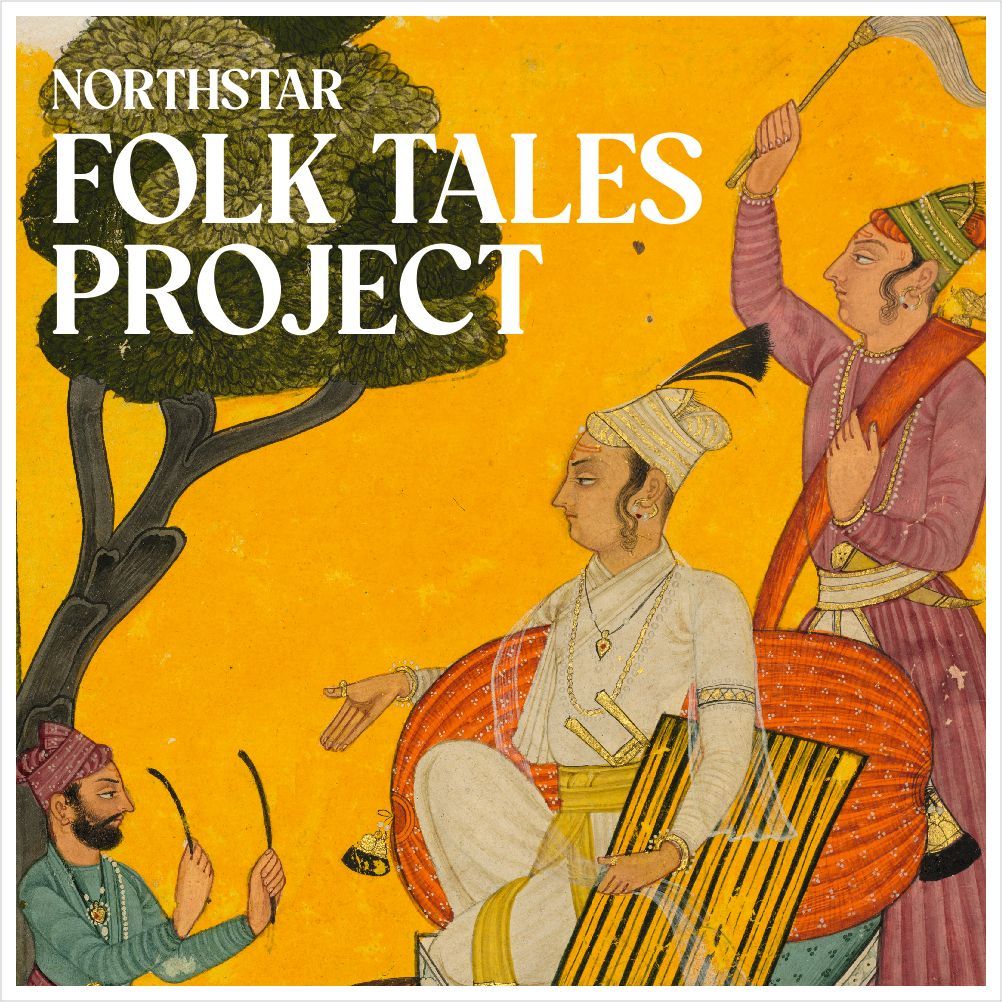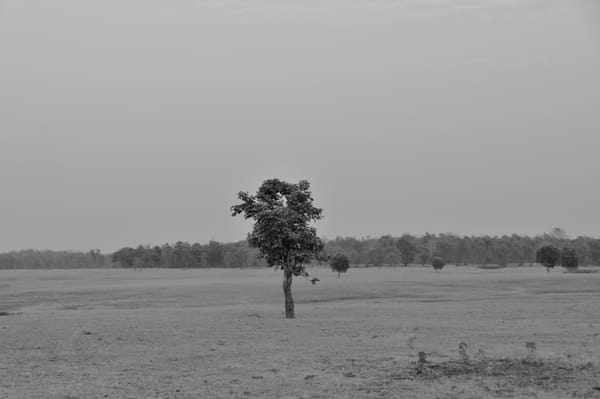Folk Tales Project at Northstar

I have started a small new project to bring Folk Tales (and fairy tales) from around the world to learners at Northstar, with a particular focus on tales from India. I have, since quite a long time, felt the need to tell and hear stories that feel rooted in our sensibilities, our culture. Our kids read and hear amazing stories from around the world, including the Grimm Brothers' stories. These are German folk tales, sanitised and domesticated by Grimm Brothers themselves and perhaps with each new revision and publication that followed since. Popular Grimm stories include Cinderella, Rapunzel, Hansel and Gretel, Little Red Riding Hood, Rumpelstiltskin and more. We also read Hans Christian Anderson's stories for children. Roald Dahl, of course, Dr Seuss and more. These are all wonderful stories. The latter two tend to be more appropriate for slightly older kids (older than preschoolers). Like most things adults do, we tend to sanitize, abridge, contextualise and, essentially, dumb down stories to make them "appropriate" for children. While there may be sound logic to it, I believe that we sometimes rob kids of the vast imaginative field that stories provide, by putting up fences where, adults believe, they should not go.
It is likely that we are able to create a more imaginal, a more relatable experience if the stories contain names and places and things that our kids see and hear in their lives, in their surroundings, in their homes. I do not believe that we should tell stories /because/ they are from India. I would be unfair to myself if I searched for stories within the constraints of nationality. It would be wrong in more ways than one. For example, the stories by Somadeva in the 11th century collection - Kathasaritsagara - pre-date the concept of modern nations. It would be erroneous to think of them in the context of a national character. More appropriate would be to think of Indian folk tales as the stories having the imaginal field of these lands, the history of its myriad peoples.
We will be exploring folk tales from around the world, particularly from places that are not commonly used in classes. Stories from Arabia (particularly the Thousand and One Nights, whose roots can be traced to India among many other places), China, Japan, South America, and more. We may find that themes of many stories for children in different cultures of world are similar but the settings, with their particularities, are bewilderingly diverse. To me, the plot of the story is not always central, not the anchor. The landscape, the setting and characters are primary. They determine the emergence of a plot.
Let us think about the stories and fairy tales used in schools and homes. They have, among others, the following characteristics:
1. These stories are set in a timeless space but in lands that are not familiar to kids. A child notices and associates with the names of characters and places. Take for e.g., Hansel and Gretel by Brothers Grimm. Hansel, the brother and Gretel, the sister are names that Indian kids are not familiar with. The places are nameless, like the forest which is enchanted containing nameless witches. Names are the first anchors into the world of the story for kids. Names of the characters, animals, towns, forests, beasts and fairies. The name being the first archetype of the thing in question. As Manguel says, "In the letters of the rose exists the rose and the entire Nile in the word Nile." 2. These stories are sanitised and de-brutalised. One is unlikely to hear of the witch in the candy house as being cannibalistic who intends to feed Hansel with the intention of eating him. Or that the step mother schemes to leave kids in the forest to fend for themselves. One wonders about the unbridled brutality in some of the folk tales that we routinely read to kids, having reached us through multiple iteration of cultural appropriations.3. As a corollary to the above, these stories tend to end in unambiguous closure, likely with a moral lesson, and the victory of good over evil. Predictable tropes are used to create uni-dimensional good and bad characters. Whereas in the folk tales of yore, it is quite an effort to clearly tag good and evil characters. 4. Sensory scaffolds, particularly images, and now increasingly gaudy sounds and moving visuals, are reducing the opportunities of imagination for kids. A setting, a face, a mannerism, all given to kids, set in music made to entertain. Whereas the stories in their folk form (it would not be accurate call it "original" form) would be, firstly, oral and then written with minimal illustrations. 5. These stories have formed the archetypes of their own versions that followed and many variations in new stories. The fair folk and their lands, the danger lurking at the edge of the dark forest with elves and goblins, wolves and dragons, the emperor and the magician, justice and fortune, the world and death.
Through the Folk Tales Project at Northstar, we will attempt to collect and share folk and fairy tales from around the world, with the goal of using them in class. This would mean that we will have to add context and scaffolds through considerate editing and prudent addition of visual and auditory media.
We receive no funding for this project. If you would like to share resources, links and stories, please write to us at hello@northstar.edu.in.



